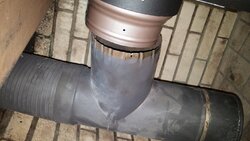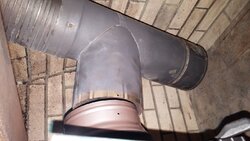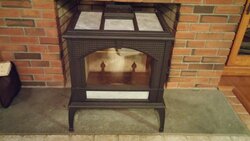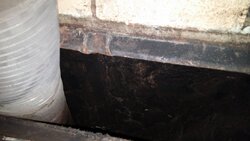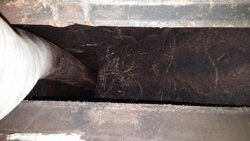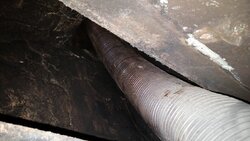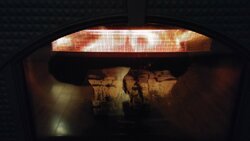For my first few break in fires, how hot should I get the stove? Should I activate the catalytic converter?
Just light a series of very small fires, with just a few kindling splits. No cat! Let the stove cool completely between fires. You don't want to over-bake the cemented seams, IMO, especially if the cement is very fresh. I know you're chompin' at the bit to fire it up, but don't cut corners on the break-in. You'll be firin' it soon enough!

When all else fails, read the manual.

Actually, I'd read it
a few times...good info in there.
"Both soapstone and cast iron need to be seasoned. The seasoning can be accomplished
through a series of small to moderate fires. Your Woodstock Soapstone Stove is an easy
stove to season, because even a small fire will provide hours of radiant heat once the
stove is warm. There are two things you will notice during the first fire:
First, there will be a hot, acrid smell as the stove heats up. This smell is a result of the
paint on the cast iron curing. You will want to have your first fire on a day when you can
open the windows in the house to provide adequate ventilation. Fortunately, the odor is
non-toxic and will only be present for the first few fires.
Second, there will be some condensation on the glass. This condensation is a result of
moisture being driven out of the furnace cement in the stove, and condensing on the
inner surface of the glass. It takes a couple of small fires to season the stove and remove
this excess moisture.
After the first few fires, the texture and grain of the stone may become slightly more
pronounced, and the color may deepen a shade."
